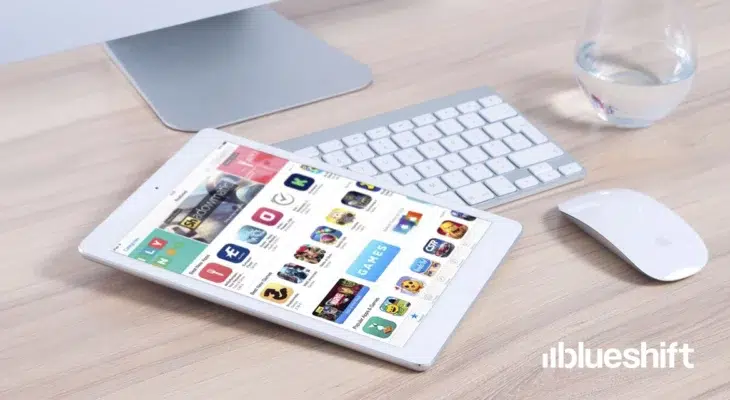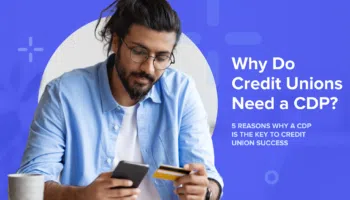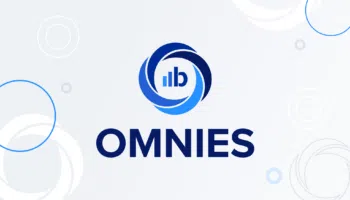Brand-loyalty & stickiness of customers have long been a problem for e-commerce, especially with price comparison on the web. However, in the new age of mobile commerce, early data is suggesting that apps might just be the cure that the doctor ordered.
Measures of brand loyalty and stickiness could include retention rates and repeat usage frequency. According to data from Adobe, apps are significantly better than websites in terms of time spent per session and user frequency per month. The data also shows that the retail category compares well with other categories in terms of repeat engagement. Also, app engagement data from Flurry shows that retail apps have a healthy 30% retention.
The reasons for higher stickiness aren’t hard to understand:
- Strong linkage with identity: Mobile commerce apps have an advantage unlike the web, of being able to uniquely identify users on each session. The identification can be as simple as a unique device ID (because mobile devices are personal), or by signing a user in upfront and keeping them logged in. In the process, app owners can respond to each user’s browsing and buying patters, as well as respond to context parameters like the user’s location.
- Price comparison becoming less relevant: Since app inventory is not indexed or linked-to by price comparison engines, mobile app users are less likely to price compare than web users.
- New forms of commerce that have a daily use case: As we have written earlier, mobile apps have enabled new forms of commerce that have a more frequent use case: e.g, Uber, Lyft & Flywheel for hailing cabs, or Sprig, Munchery and Spoonrocket for food delivery. Many such use-cases also revolve around hyper local & perishable inventory that makes price comparison even harder. All these use cases are making users more likely to engage with m-commerce apps more frequently.
- Demand creation through superior engagement: M-commerce apps can create demand instead of merely fulfilling it by engaging customers in their spare time. Since users are carrying their devices with them all the time, m-commerce apps have an opportunity to engage users much before the purchasing decision.
The era of mobile commerce will be dominated by high loyalty in repeat visits and repeat engagement. How can your brand win in this new world?
- Capture users’ attention further up the funnel: The first step to winning the mobile app commerce game is to create unique and compelling value propositions for which your brand is the leader. On the desktop web, e-commerce companies compete fiercely to win momentary purchase decisions: being the lowest priced item, and optimizing your funnel for search traffic is often very important. However, in the mobile app world, the biggest battle to win is to convince the user to install your app in the first place, much higher up in the purchase funnel.
- Drive engagement before transactions: You often hear about how traffic (number of sessions) is high on mobile but conversion rates are low. The simplistic explanation for this is that users browse on mobile and buy on the desktop. However, despite that, companies like Groupon are able to drive more than half of sales from the mobile platform. Therefore, a different way to look at the conversion rate statistic is that consumers are transacting as much on mobile, but that they spend many more sessions engaging before transacting. Brands that understand this focus as much on driving mobile engagement as they do on driving transactions.
- Personalize every touch-point: Mobile apps offer an opportunity to make each experience with the user highly personalized, including in-app content and offers as well as push notifications. Blueshift’s multichannel segmentation & personalization technology makes it really easy to segment users and personalize content across every touch point
- Price and promotions can be used in innovative ways: With perishable and hyper-local inventory, unfulfilled-supply and excess-demand have now become levers for pricing, with Uber’s surge pricing being the most commonly cited example. Another pricing lever is to use personalized “credits” based on a strong understanding of the user’s propensity to purchase with & without credits.



